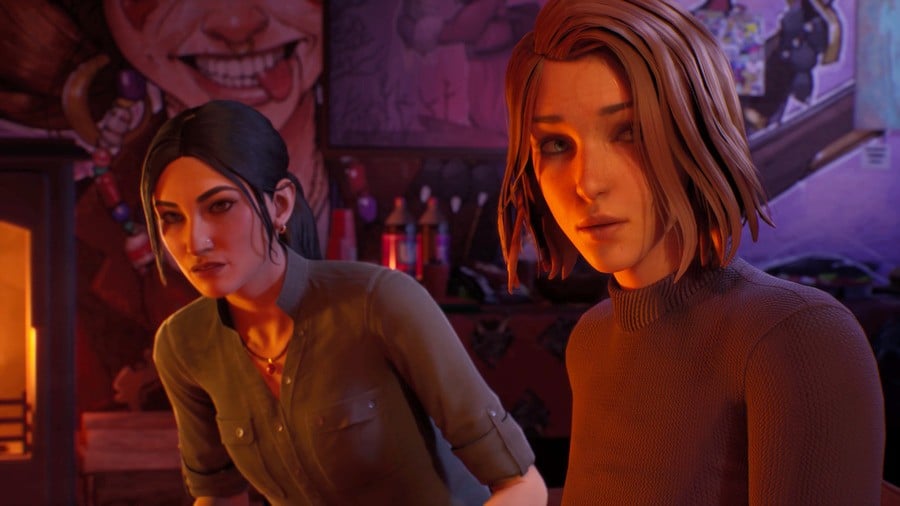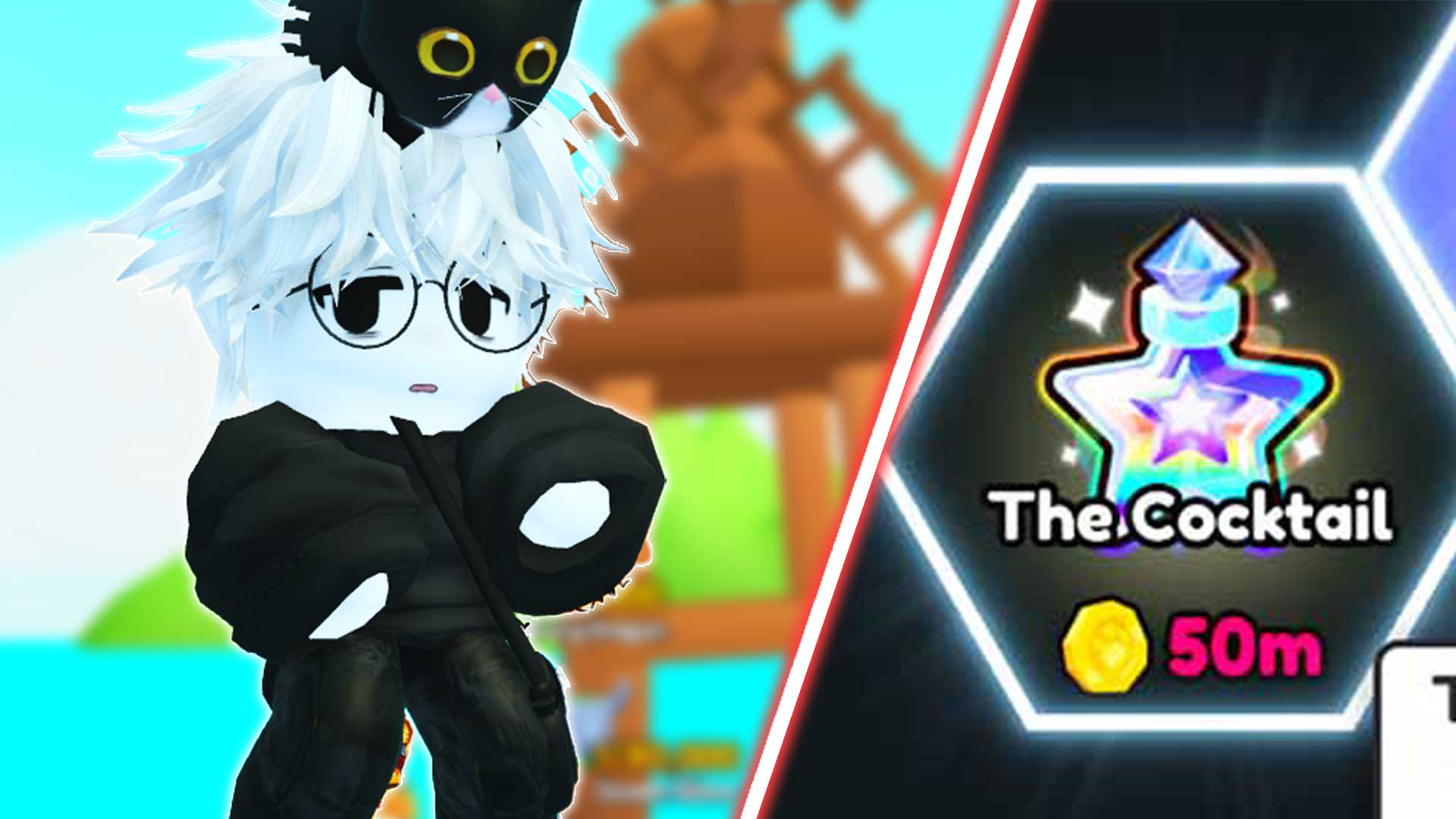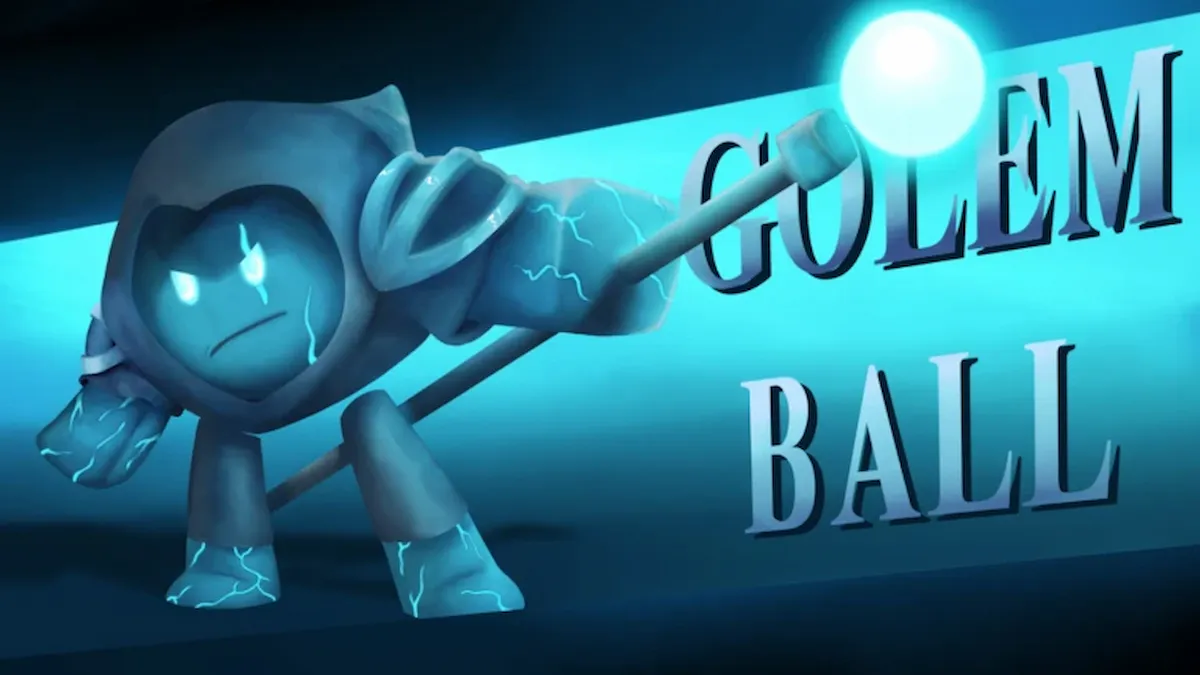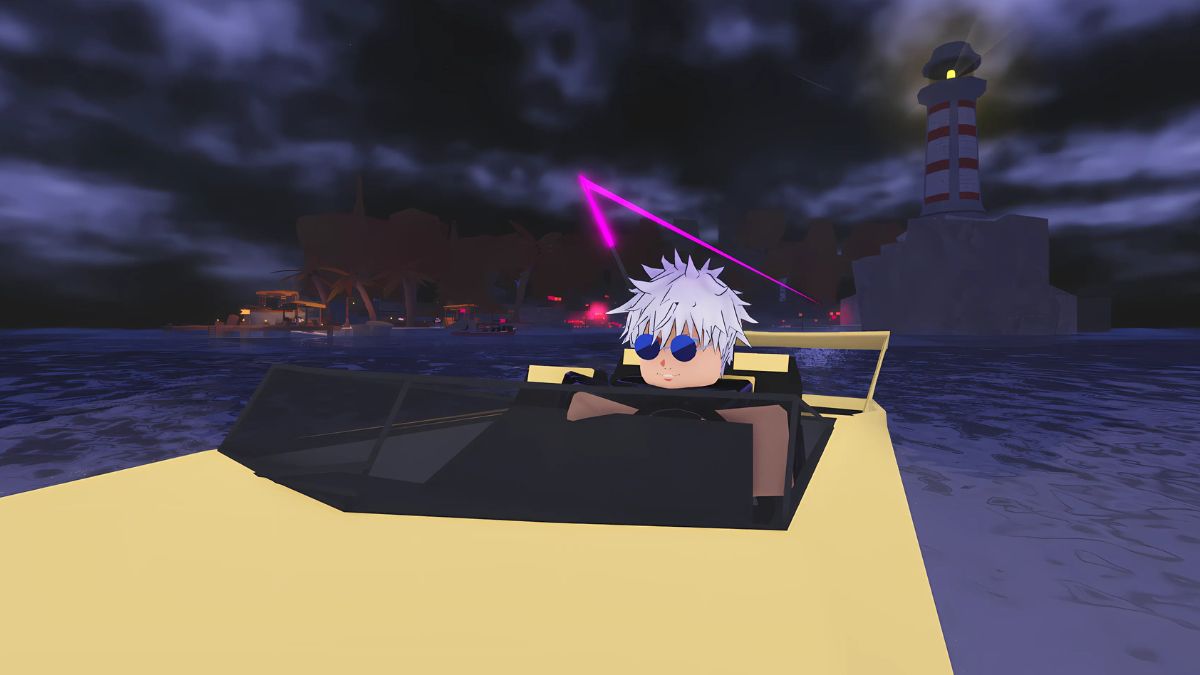 Image: Square Enix
Image: Square EnixWhat were you getting up to in 2015?
Maybe you were playing video games back then too, so as a refresher, 2015 was the release year for the sweeping epic Metal Gear Solid V, the somewhat polarising Fallout 4, and indie darlings Rocket League and Undertale. If you were one of the few people rocking a Wii U, it’s possible you were lurking in Splatoon lobbies.
2015 was also the kick-off year for Square Enix’s sci-fi soap opera game, aptly codenamed What If? before it was released to the world as Life is Strange. It was a curious release for a publisher known predominantly as the role-playing game titan of the industry. And even, uh, stranger, the publisher let developer Dontnod create that original choice-based, navel-gazing teen drama on the heels of releasing their action-adventure game Remember Me, an out-of-left-field vision that paid off; Life is Strange spawned two sequels, multiple DLC follow-ups, a remaster re-release, and now, almost 10 years later: Life is Strange: Double Exposure, developed by series veterans Deck Nine (Life is Strange: True Colors, The Expanse: A Telltale Series).
In fact, it’s all this reminiscing over everything that’s happened since 2015 that’s the subplot of Double Exposure. We’re finally getting the first direct sequel in the series, which follows Life Is Strange’s original protagonist Max Caulfield, now a 20-something photographer who’s about a decade removed from the cataclysmic events of the original title.
Coming Into Focus
 Image: Square Enix
Image: Square EnixHelping further the effect of nostalgia is original voice actor Hannah Telle’s return as the voice of Max, reprising the character she’s aged alongside. “We’re thrilled she was excited to return - luckily we didn’t even have to consider what we would have chosen to do without her,” game director Jonathan Stauder told us at a sit-down preview at PAX West.
The original Life is Strange followed Max in high school, where both the player and character discovered she had the supernatural ability to pause and reverse time. A decade later in Exposure, after discovering the lifeless body of her friend Safi, Max is forced to return to the powers she disavowed after the ending of the original game. Nope, you can’t take the drama out of Life is Strange. After initially trying to undo the tragedy, Max accidentally discovers she’s developed an additional power: the ability to both enter and leave alternate timelines - which, not coincidentally, is the gameplay hook of Double Exposure.
But what about the unavoidable fact that the original game is a culmination of choices that leads to two vastly different outcomes?
“Both endings of the original Life is Strange are canon,” says narrative director Felice Kuan. “Near the beginning of Life is Strange: Double Exposure, Safi gets nosy about Max's past, and in that conversation, the player will choose which LiS ending they'd like to use for their playthrough." Yes, Deck Nine is keeping the purity of player choice intact by not canonising either event. What ultimately happened in Life is Strange will remain up to you.
“I’ve come into multiple projects later in the lifespan of the series, so contending with [a series’ past] is something I’m quite accustomed to,” explained Stauder, a veteran from Telltale Games and its multiple franchises before helming the Life is Strange franchise.
Gameplay Exposure
Our demo began at a later point in the game after Max discovers her new powers, in a scene where you're placed in the middle of a tense detainment between her schoolteacher friend, Moses, and a local police detective.
Max arrives at the school after-hours to discover Moses on the verge of arrest, pending the imminent raid of his classroom. Visiting the tension between minorities and small-town police forces is maybe the most frequent plot beat in the series, but the real-life events of the intervening decade has helped make the consequences of Max’s latest predicament feel less ambiguous and more resolute than ever before.
Lucky for Moses, we're able to play cat-and-mouse with the police thanks to Max's ability to see tears of light hanging in the air, which with a button press allows instant hopping between two alternate timelines: one in Max’s present reality, and one where Moses and her are just chilling in the room. This enables us to rearrange the scene of the raid to our liking. Phew.
What’s especially neat about the supernatural hook of Exposure is that it impacts the gameplay as much as it does the infamous choices from the series; at times throughout the puzzle-solving of this particular police scene, you are able to see blue-hologram visuals projected in front of Max (think "Help me, Obi-Wan Kenobi"), which denote where people and things exist over in the other timeline.
This opened up the exploration to be more complex, creating a few “A-ha!” moments in the process. Sure, it’s not quite psychically-shooting-people-across-the-room à la Contact, but it felt much more interactive than the series convention of a button press into a cutscene, or a dialogue option opening up.
 Image: Square Enix
Image: Square EnixBeyond that, though, all the nuts and bolts of Life Is Strange are nearly identical to every dialogue-tree-ing and walking around you’ve done before, though prettier. It was a pleasant surprise, however, how quickly it became apparent that this is the first game in the series done with motion capture by the voice actors themselves. Immediately, character animations felt greatly improved in ways both subtle and overt, due to the eyeball tracking and less stiff movement.
It went a long way towards making character emotions even more intuitive than in games past. And for a series that’s 99% about human interaction, these improvements instantly stood out as one of the most effective and natural uses of mocap technology done in a game of this scale to date.
Life Is Switch
 Image: Square Enix
Image: Square EnixYes, our demo was running on a high-performance PC, but a specialised port is coming to Switch. So far, the only timeline committed to is one after the worldwide launch of the game at the end of October, but having the game available on a handheld Nintendo console is a priority, representatives for Square told us.
“The group doing the Nintendo port is called Engine Software. They've done a good job working with us to make sure the game is as good as possible on that platform,” says Kuan about how the Switch version came to be. “We used some advanced features of Unreal (Lumen and Nanite in particular) that would be difficult to use on Switch. So, they are having to relight the game with baked lighting instead of dynamic lighting (Lumen).”
Engine Software's past port work on Nintendo's handheld includes the first two No More Heroes titles, Ni no Kuni, and Little Nightmares II, so the team has form turning in decent Switch ports. “Overall, they had to determine how to replicate or replace those more intense parts of the process, making sure that the game is as close to the high-end platforms as possible, but can still run well.”
As for when the Nintendo version of this one releases, we’ll let you know as information for Life is Strange: Double Exposure develops. (Sorry.)
Life is Strange: Double Exposure launches on other platforms on 29th October. The Switch release is TBA at the time of writing.

 4 months ago
146
4 months ago
146







![Anime Reborn Units Tier List [RELEASE] (November 2024)](https://www.destructoid.com/wp-content/uploads/2024/11/anime-reborn-units-tier-list.jpg)
